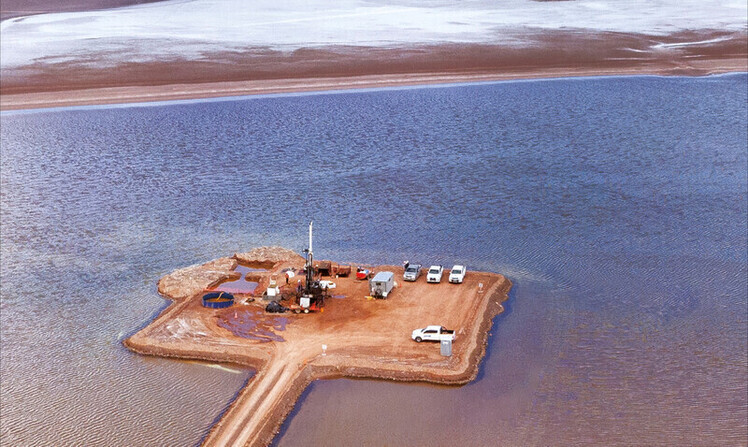by JOHN FEFFER

This new rush to acquire critical raw materials for batteries that power our world comes with quite a few problems
Entrepreneurs and adventurers have long traveled the world in search of gold. European empires looted Latin America for its silver and tin. Diamonds attracted the rapacious to Africa. Oil has built enormous empires of wealth in the Gulf states.
Today, an entirely different scramble for natural resources is taking place. These “critical raw materials” play an increasingly important role in the transition away from fossil fuels that virtually every country in the world is now prioritizing. Such minerals include the lithium that’s essential to the lithium-ion batteries in electric vehicles, the cobalt that’s part of the magnets used for wind turbines, and the rare earth elements that play a key role in solar panels.
South Korea is heavily dependent on these raw materials for its burgeoning electric car production, its semiconductors, its solar panels and wind turbines. In Pohang, once known primarily for its steel, the Korean government is building a “battery city” that will put South Korea at the very center of the clean energy transition. But to make these batteries — at least the current lithium-ion type — will require even greater inputs of lithium.
To date, South Korea has depended on China for 58 percent of its lithium (as well as 64 percent of its cobalt and 90 percent of its rare earth elements). But sourcing from China comes with a special complication. US buyers of electric cars will only get a tax rebate if they buy cars made in the United States with components sourced domestically or from its allies with free trade agreements.
Well, South Korea has a free trade agreement with the United States, so what’s the problem? A recent “guidance” from the Treasury Department that clarifies provisions in the Inflation Reduction Act requires the allied country to source at least 40 percent of the minerals for its batteries from outside non-US allies like China (rising to 80 percent in 2027).
If Hyundai or Kia wants its US-manufactured EVs to be competitive in the US market, they will have to reduce their dependence on China for the lithium in the batteries. If the companies in Pohang want to sell their batteries to US-made EVs, they too will have to find new sources for the mineral components.
That explains why the Korean government dispatched a delegation to Latin America last month, specifically Chile and Argentina where a large amount of lithium is mined. Until someone comes up with a commercially viable alternative to the lithium-ion battery — and there are several options on the horizon — every major country that wants their “clean energy” products to compete in the US and global markets is lining up to get a cut of Latin American lithium.
Hankyoreh for more
